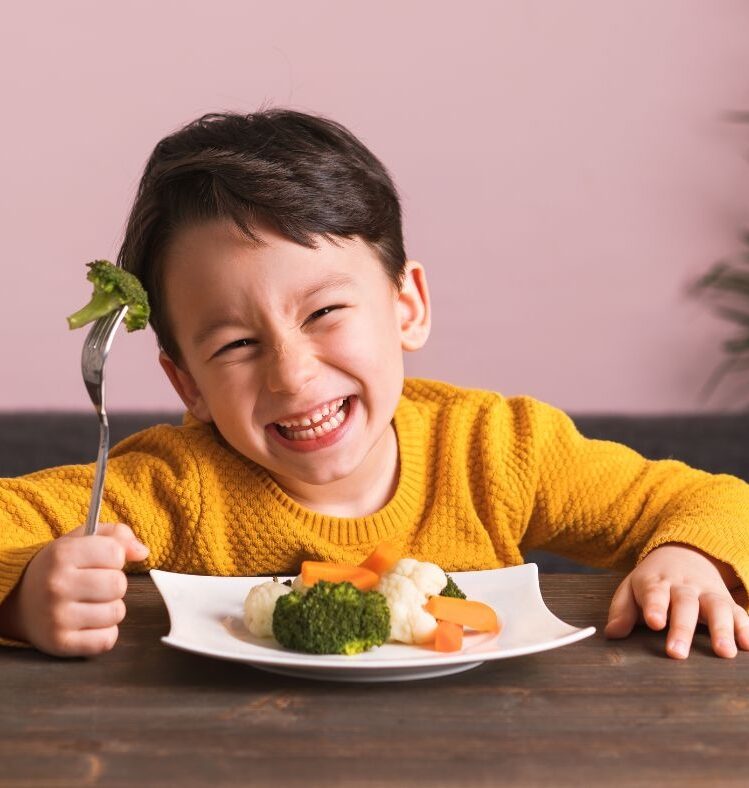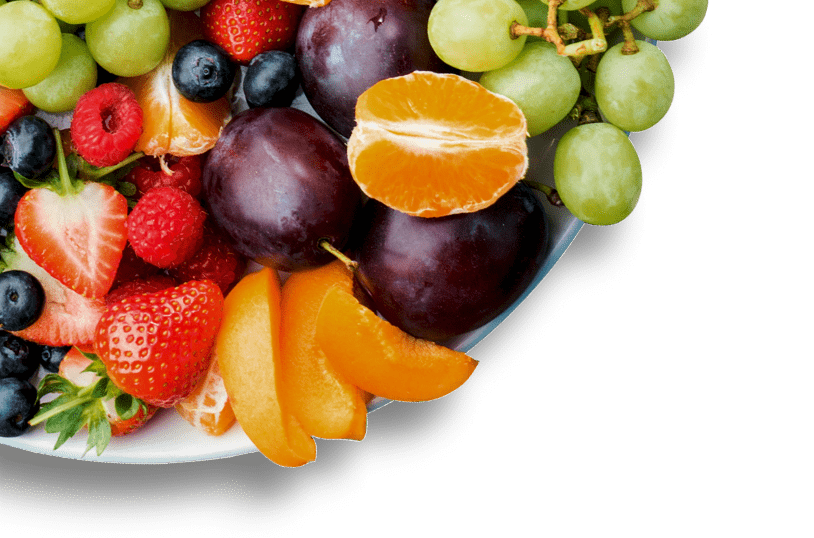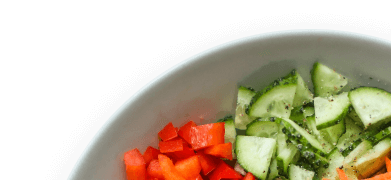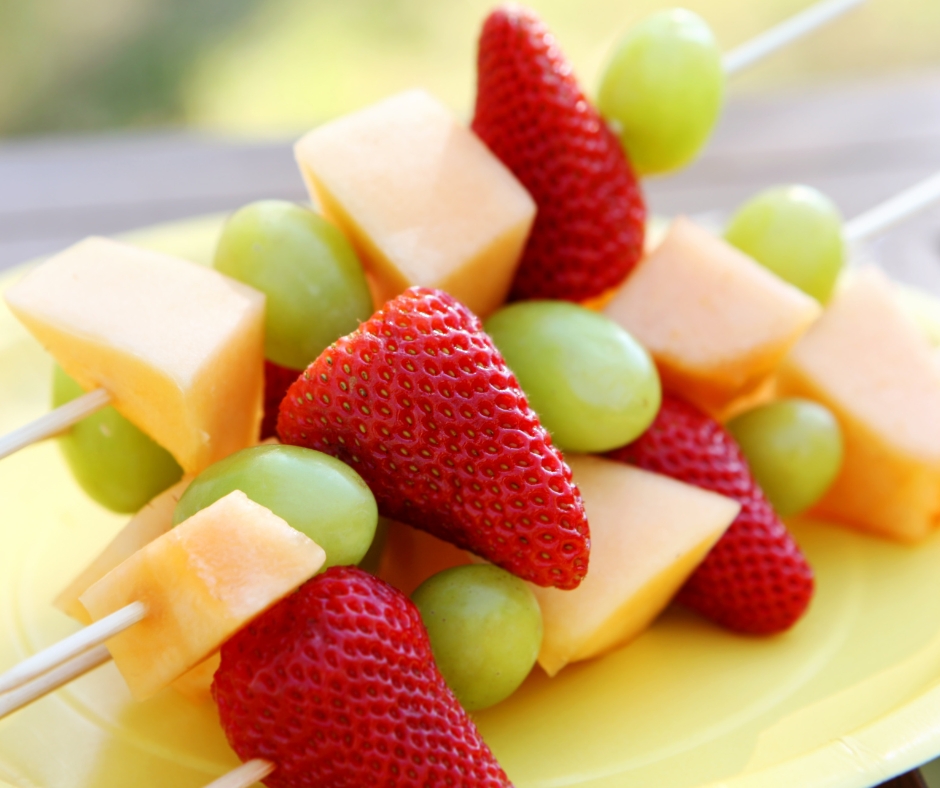Fun ways to add vegetables to the menu
Simple ideas can make eating vegetables fun for children!

Did you know that less than 1% of Australian children eat enough vegetables each day? [1]
Try these creative ideas to encourage children in your service to eat more vegetables each day:
Fresh ideas
Promoting vegetables to children
Introduce children to new vegetables in the classroom before they feature on the menu. This can include healthy eating posters, pictures, books, games, activities, art, experiments, gardening, and more. Children may need to be ‘exposed’ to an individual food 10 or more times before they feel comfortable with it [2].
Everyone in your service has a role to play, including educators, families, kitchen staff, and the children. Involving everyone in promoting healthy eating means these practices become embedded and sustained over time.
Vegetables are delicious, healthy and easy to prepare.
Eating a wide range of vegetables can provide children with important energy, protein, vitamins, minerals and fibre to help them grow and thrive.
Provide 1 to 1.5 serves of vegetables per child per day in long day care. See the Menu planning guidelines for long day care for more information.
Include at least two different vegetables each day, and at least five different types of vegetables each week.
Providing a variety of vegetables helps children learn to enjoy new foods, and ensure they get a range of different nutrients from vegetables of different colours.
Include vegetables on the menu throughout the day, in meals and snacks. This makes vegetables the ‘norm’ and it also means you do not have to fit all of the vegetables into one main meal.
Did you know legumes count as vegetables?
Whether they are dried, canned or cooked, legumes such as lentils, chickpeas, and kidney beans provide fibre, protein and other essential nutrients for children.
Aim to use vegetables when they are in season when they are cheaper, and tastier! This also adds variety to your menu across the seasons.
Meals
Homemade cuppa soup
Serve small portions in cups. For fun, try ‘Pumped up pumpkin’ or ‘Shrek soup’ (broccoli and cannellini bean soup).
Super salads
Toss chopped fresh vegetables to make a garden salad, or combine roasted veggies to make a warm roast veggie salad.
Veggie slice
Mix grated vegetables (e.g. zucchini) with chopped onion, cheese, flour and eggs and bake in a moderate oven until golden brown.
Veggie pita pockets
Encourage kids to fill pita pockets with their choice of vegetables and dips.
Baked bean bread cups
Baked beans topped with grated cheese in a bread cup.
Stuffed spuds
Cook small potatoes, cut the tops off and scoop out some potato. Fill with creamed corn, salsa, coleslaw or baked beans.
Veggie side dishes
Offer a bowl of colourful veggies with main meals and encourage kids to help themselves at the table. OR offer some corn on the cob or corn cobettes.
Recipe

Snacks
Party platter
Include some cut vegetables (such as tomato, red capsicum, cucumber, steamed carrot) with dips, and add fruit, cheese and lean cold meats.
Veggie crackers
Top wholemeal crispbread, corn thins or rice crackers with cottage cheese or cream cheese, and your choice of avocado, lettuce, tomato or cucumber.
Veggie chips
Make sweet, crunchy chips by slicing carrot, zucchini, potato and sweet potato, spraying with olive oil and baking until golden.
Veggie muffins
Try pumpkin and zucchini, carrot and sultana, cheese and corn, pumpkin and date, sweet potato, zucchini and poppy seed.
Find more vegetable recipes here.
References
[1] Australian Institute of Health and Welfare 2018. Australia’s health 2018. Australia’s health series no. 16. AUS 221. Canberra: AIHW.
[2] Food – Fussy eating in toddlers, Sydney Children’s Hospitals Network, NSW Health. Accessed,
https://www.schn.health.nsw.gov.au/fact-sheets/food-fussy-eating-in-toddlers
For more information please phone 1300 22 52 88 or email heas@nnf.org.au
Except where otherwise indicated, the images in this document show models and illustrative settings only, and do not necessarily depict actual services, facilities or recipients of services. This document may contain images of deceased Aboriginal and Torres Strait Islander peoples. In this document, ‘Aboriginal’ refers to both Aboriginal and Torres Strait Islander people. ‘Indigenous’ or ‘Koori/Koorie’ is retained when part of the title of a report, program or quotation. Copyright © State of Victoria 2016
Written and reviewed by dietitians and nutritionists at National Nutrition Foundation, with support from the Victorian Government.

Register your interest
"*" indicates required fields








